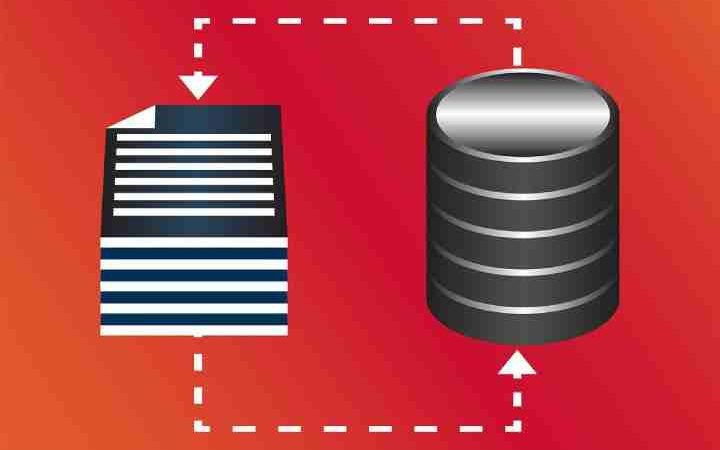Best Practices For Creating Effective Histogram Charts

In the field of data representation, charts and graphs play an indispensable role in making numbers and statistics more palatable and understandable. One such tool is the histogram chart, which represents the frequency of data distribution in a set. Histograms’ ability to visualize complex data with ease adds an asset to the arsenal of both students and professionals. Keep reading to comprehend the significance of histogram charts and how best to use them.
The Importance of Histogram Charts in Data Interpretation
The ability to make sense of data is a crucial skill in the world of data-driven decision-making. And histogram charts go a long way in providing simple and effective solutions. This invaluable visual tool allows us to see data distribution patterns, which is key not only for statisticians but also for anyone who wants to understand data-borne meaning in depth.
A histogram chart helps highlight the essential aspects of large data sets, and in studying the key characteristics of data such as mean, mode, and variance. Histograms can guide us in detecting outliers and understanding skewness, facilitating more nuanced data analysis.
Histogram charts also have specific uses in quality control and process improvement. They provide a visual representation of data density within a certain range, simplifying the control of production processes and systems.
Moreover, histograms are not domain-specific. Be it in healthcare to measure patient waiting times or in finance to measure investment returns over time, histogram charts find relevance everywhere.
Distinguishing Features of An Effective Histogram Chart
Like any other data interpretation tool, the value of a histogram chart lies in its ability to present information clearly and accurately. A well-designed histogram should present data meaningfully, without overwhelming the viewer with unnecessary information.
One of the distinguishing features of an effective histogram is its simplicity. The bars in the histogram should be of equal width, representing equal intervals of the variable. This helps users understand the distribution of the data straightforwardly.
Another defining feature of a good histogram is that it allows room for comparison. The bars of a histogram can be juxtaposed to highlight differences in data distribution across multiple categories. This feature is especially useful in business decision-making, where comparative analysis often forms the basis of strategy building.
Accuracy and completeness is another must-have feature of an effective histogram. The plotted value should exactly match the input data, and all data should be represented in the chart. This ensures that there is no misrepresentation or omission of data, leading to accurate conclusions.
Crafting a Histogram Chart: Steps and Guidelines

Crafting a histogram may appear daunting to some, but with proper understanding and a methodical approach, it is a breeze. The first step towards it is data gathering. Detailed, comprehensive data is the foundation of any meaningful histogram chart.
Once we have the data set, sorting and categorizing it is the next important step. The data needs to be sorted in ascending or descending order and then divided into equal intervals, known as bins.
The third step is to calculate the frequency of data points in each bin. This would finally determine the height of the bars in our histogram. The more data points within a bin, the higher its corresponding bar.
Finally, by drawing the X and Y axes, labeling them appropriately, and then sketching the bars for each data interval, we will be able to visualize our histogram. Proper annotations and titles would add the final touch to our effective histogram chart.
Altogether, histograms provide an efficient and approachable way to visualize large data sets, understand their distribution, and draw important insights. Moreover, when crafted carefully, these charts can be a powerful tool in diverse domains, right from academic research to business decision-making.
Also Read: 4 Ways Analytics Is Aiding Businesses






